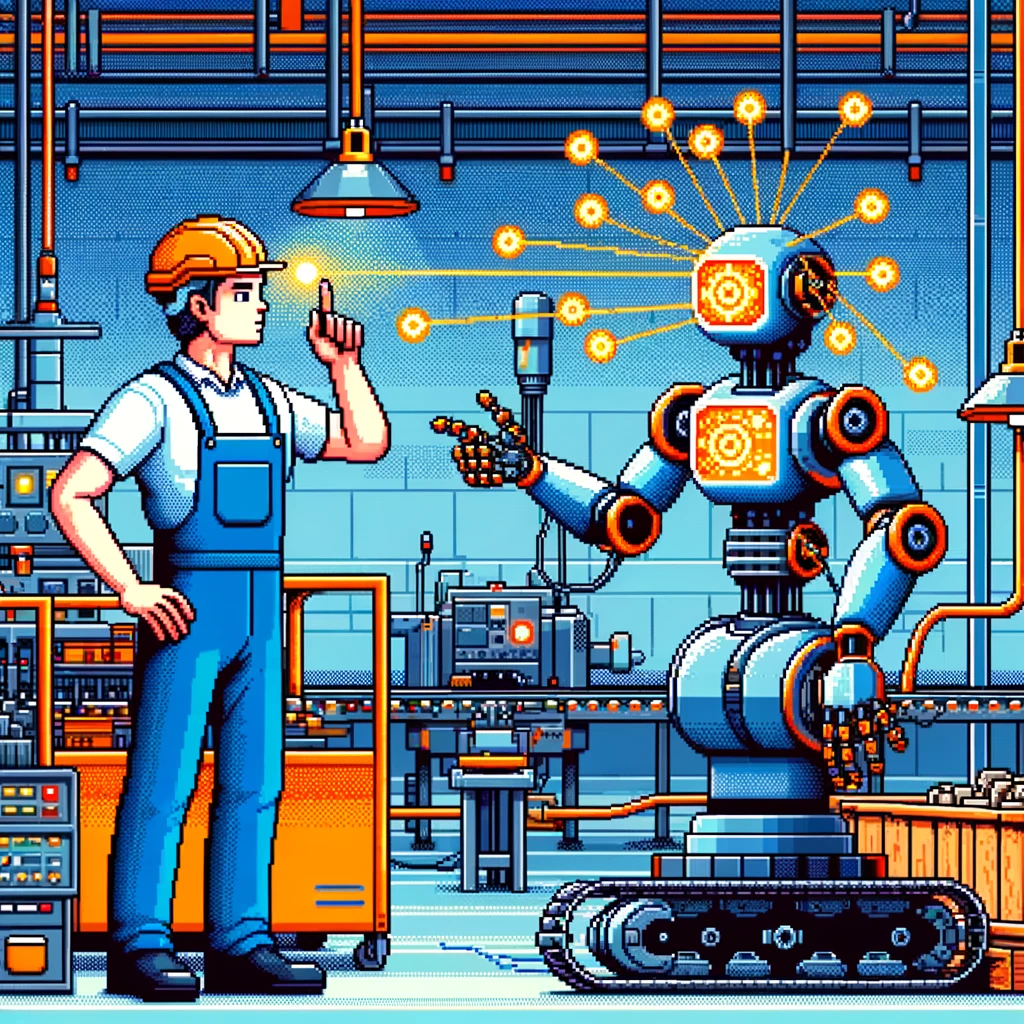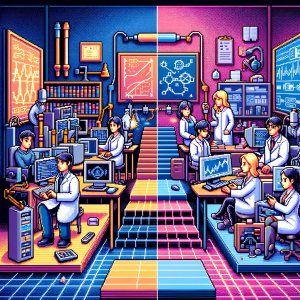
Human-Robot Collaboration: How Intention-Based Systems Enhance Trust and Efficiency
In an era where robots are becoming increasingly integrated into our work and daily lives, understanding and improving how humans and robots interact is crucial. Industrial robots are no longer mere tools but partners capable of interpreting and responding to our actions through sensors and sophisticated algorithms. Enter the world of intention-based systems: a field of human-robot interaction (HRI) research focused on allowing robots to understand and predict human intentions, transforming them from passive reactors into collaborative teammates.
The Growing Need for Intention-Based Systems
The International Federation of Robotics (IFR) reported an 11% increase in collaborative robot (cobot) installations since 2019, reflecting the rising adoption of robots across industries. These robots often handle repetitive, precision-based tasks, freeing up human workers for more creative, strategic roles. In this context, intention-based systems can significantly improve collaboration by enabling robots to anticipate the next steps in a task.
Unlike conventional robots that rely solely on sensors to avoid harming humans, intention-based systems are designed to recognize and predict human intentions. This allows robots to adapt their actions in real-time, fostering a more natural and efficient partnership. However, this deeper collaboration also raises concerns about trust, which remains underexplored in existing research.
Sensors and Algorithms in Intention-Based Systems
Intention-based systems use a variety of sensors to capture and interpret human actions:
- RGB Cameras: Commonly used to capture detailed visual data and recognize patterns in human gestures, RGB cameras are often paired with Convolutional Neural Networks (CNNs), making them ideal for visual intention recognition.
- Inertial Measurement Units (IMUs): Found in wearable devices and exoskeletons, IMUs track human body movements in real-time, offering a portable and relatively unobtrusive way to capture data.
- Surface Electromyography (sEMG): Measures muscle activity via electrodes or armbands, providing fine-grained data on upper and lower limb movements.
Each sensor type has its strengths and challenges, and researchers continue to develop innovative combinations to suit different tasks. For instance, sEMG sensors are often used in upper-limb movement recognition, while RGB cameras paired with CNN algorithms are prevalent in whole-body motion detection.
Addressing Trust in Human-Robot Interaction
While intention-based systems offer a promising way to improve teamwork between humans and robots, trust remains a key challenge. The adoption and efficient use of these systems hinge on users’ confidence in their reliability and safety. In healthcare, for instance, studies have shown that trust in AI and robotic systems influences both clinicians’ willingness to use these tools and patients’ comfort in receiving care through them.
Transparency is crucial in establishing trust, ensuring that workers understand how the system operates and manages risks. Intention-based systems must strike a balance between being responsive and reliable without appearing overly dependent or opaque in their decision-making.
Future Research Directions
The growing interest in intention-based systems points to their potential across industries, but more research is needed to explore their impact on trust and team dynamics. Several areas ripe for further study include:
- Social and Industrial Interaction: Exploring how intention-based systems can facilitate two-way communication between humans and robots will be key to efficient collaboration. Bidirectional interaction methods could empower robots to convey their intentions, enhancing trust and teamwork.
- Facial Gesture Recognition: Integrating facial expression analysis with other intention recognition methods could create more intuitive communication channels between humans and robots, particularly in high-stress environments.
- Privacy Concerns: Protecting workers’ privacy is critical when using sensors to capture personal data. Robust data anonymization methods should be explored to ease concerns and ensure ethical data management.
Conclusion
Intention-based systems represent a significant leap forward in the human-robot collaboration landscape. By leveraging advanced sensors and algorithms to interpret human intentions, these systems can transform how robots work alongside humans, ultimately fostering trust and improving efficiency. However, developing an optimal framework for these systems requires a deeper understanding of their social implications, ethical considerations, and technical challenges.
Discussion Questions (let us know your thoughts in the comments!)
- How can intention-based systems be optimized to improve trust and collaboration between humans and robots in different industries?
- What measures can be taken to address privacy concerns while using sensors in intention-based systems for human-robot interaction?
Unlock the Secrets of Science:
Get ready to unlock the secrets of science with ‘This Week in Science’! Our newsletter, designed specifically for educators and science aficionados, delivers a weekly digest of revolutionary research, innovative discoveries, and motivational tales from the scientific frontier. Subscribing is your key to a treasure trove of insights that can revolutionize your approach to teaching and learning science. Sign up today at no cost and start a journey that deepens your understanding and passion for science.
About the Author
Jon Scaccia, with a Ph.D. in clinical-community psychology and a research fellowship at the US Department of Health and Human Services with expertise in public health systems and quality programs. He specializes in implementing innovative, data-informed strategies to enhance community health and development. Jon helped develop the R=MC² readiness model, which aids organizations in effectively navigating change.



